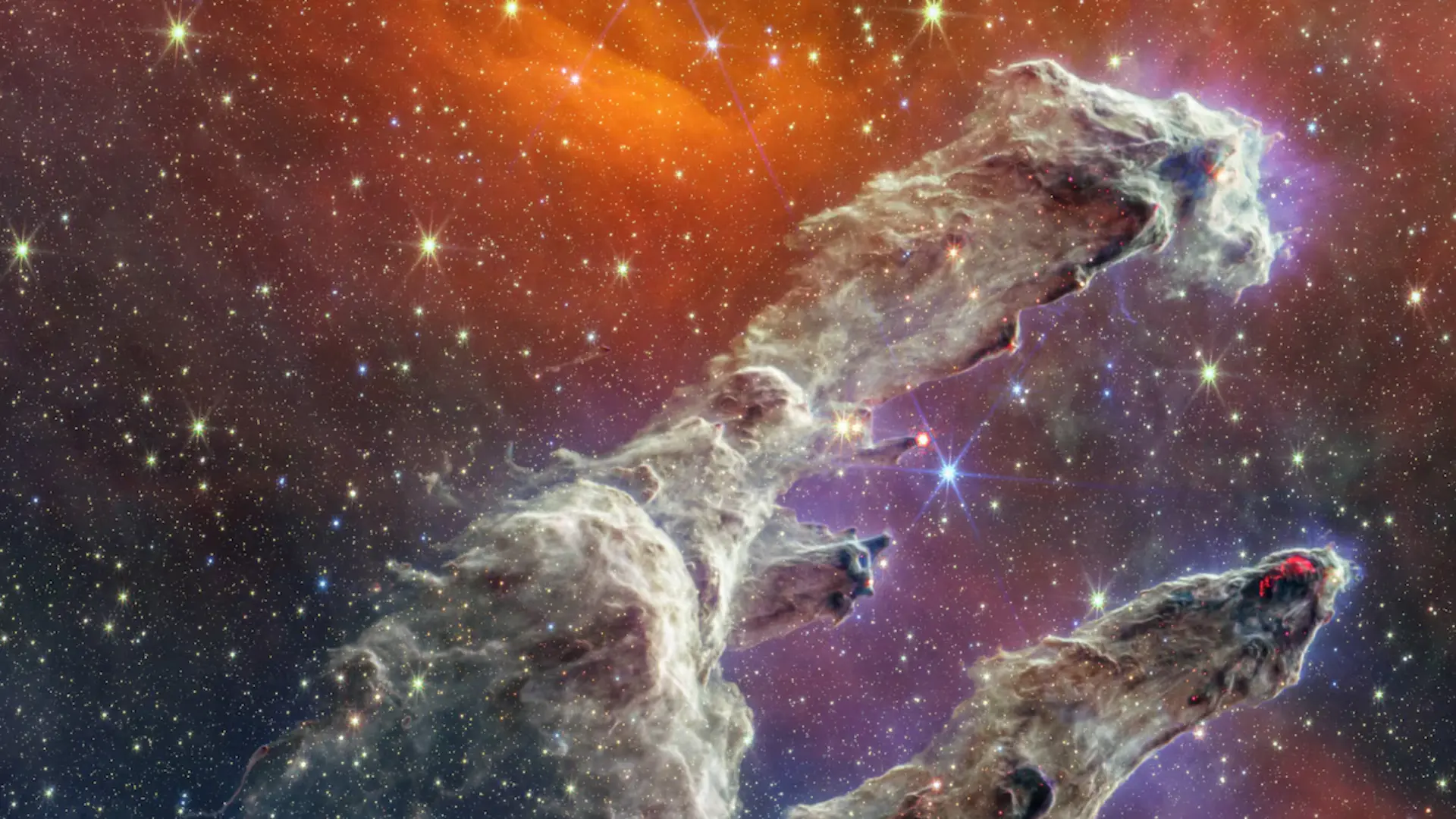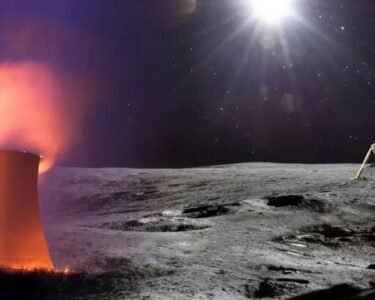For the first time, scientists have successfully recreated a critical chemical reaction from the early universe, revealing new insights into how the first stars may have formed after the Big Bang.
Over 13 billion years ago, just moments after the Big Bang, the universe began to cool, allowing the first atoms—mostly hydrogen and helium—to form. In the vast darkness that followed, known as the cosmic dark age, simple molecules began to emerge, setting the stage for the birth of stars.
One of the first and most important of these molecules was helium hydride ion (HeH⁺), widely believed to be the universe’s first molecule. It formed when a helium atom interacted with a proton and played a crucial role in cooling early gas clouds—an essential step for star formation.
The Role of HeH⁺ in Star Formation
In those early days, energy had to be released from collapsing gas clouds to allow nuclear fusion to ignite and form stars. While atomic hydrogen struggles to cool efficiently at low temperatures, molecules like HeH⁺ can emit energy through rotation and vibration, making them vital for cooling in the early universe.
However, HeH⁺ is also short-lived. It reacts quickly with hydrogen atoms, transforming into molecular hydrogen (H₂), the most common molecule in the universe today. This reaction sequence is essential to understanding how early stars could form.
Breakthrough in the Laboratory
Now, researchers at the Max Planck Institute for Nuclear Physics in Germany have recreated this ancient reaction for the first time under realistic cosmic conditions.
Using a state-of-the-art Cryogenic Storage Ring (CSR), they stored HeH⁺ ions and collided them with neutral deuterium atoms—a hydrogen isotope—at temperatures close to absolute zero (just a few kelvins). Surprisingly, they found the reaction rate remained nearly constant, even at ultra-low temperatures. This goes against earlier theories, which predicted the reaction would slow down.
“Previous theories predicted a significant decrease in the reaction probability at low temperatures, but we were unable to verify this,” said Dr. Holger Kreckel, who led the experiment.
The reaction, instead of forming H₂⁺, produced HD⁺, a molecular hydrogen-deuterium ion, offering new insights into the complex chemistry of the young universe.
Rewriting the Chemistry of the Cosmos
These experimental findings were supported by improved theoretical models from physicist Yohann Scribano’s team, who corrected long-standing errors in the calculations used for predicting reaction behavior.
The results suggest that HeH⁺ was far more chemically active in the early universe than previously believed, influencing the formation of molecular hydrogen and possibly accelerating the emergence of the first stars.
A Step Closer to Understanding Our Origins
By recreating these ancient chemical reactions, scientists are now better equipped to understand the complex processes that led to the universe’s first light. The experiment not only sheds light on the formation of stars but also offers a rare glimpse into the universe’s very first chemistry lesson.
Image Source: Google
Image Credit: Respective Owner




